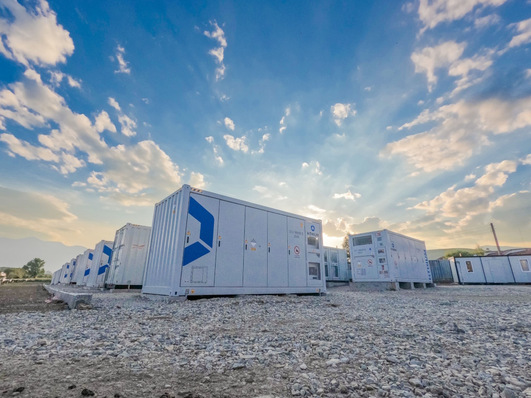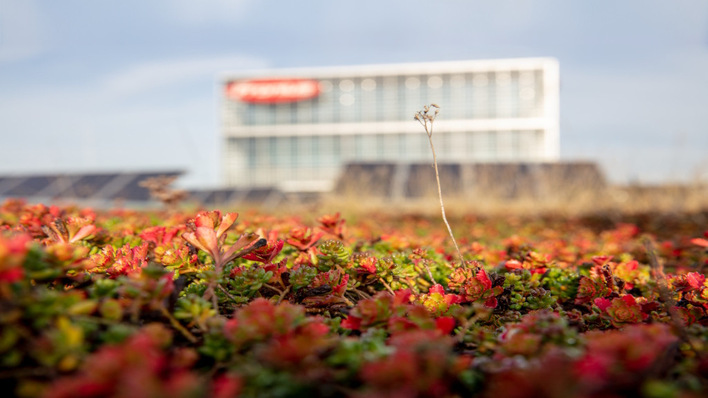Albania’s power system relies heavily on hydropower, which often causes supply and demand imbalances. Solar PV is emerging as a promising solution, while storage, incentives and new policies are considered important for expanding clean energy capacity. In the second part of this interview, Professor Malka explains how photovoltaics could help address these issues and discusses the opportunities for PV in Albania.
Prof. Malka, What is the current level of energy consumption in Albania?
In 2024, electricity consumption in Albania reached 8,170 GWh, up from 7,875 GWh in 2023. Imports varied between 931 GWh and 3.0 TWh, reflecting fluctuations in precipitation and weather, since the power system depends primarily on hydropower. As a result, generation does not always align with consumption – a challenge that could be addressed by further diversifying electricity sources with renewables.
North Macedonia energy expert on PV: “1.7 GW target is not a ceiling”
How has the PV sector in Albania evolved over the past five years?
The PV sector in Albania has evolved considerably in the past five years. Compared to hydropower and other conventional sources, it remains at an early stage, but significant potential exists given Albania’s solar resources. Initial integration was slow due to regulatory and, to some extent, financial barriers. Since the introduction of supportive policies and incentives in 2015, the environment has improved, especially for investors in projects up to 2 MW.
How have conditions for energy storage evolved alongside improvements in photovoltaics?
Albania’s electricity sector lacks sufficient battery energy storage systems, making it impossible to store large amounts of off-peak and surplus electricity for later use. At the same time, transmission capacity is not expanding fast enough to keep up with peak load growth, resulting in bottlenecks. This could create significant uncertainties for PV expansion over the next five years and further increase the volume of electricity that cannot be exported.
Solar Macedonia president: “Quality standards are key to sector growth”
Is energy storage essential for the successful integration of PV in Albania?
According to our study, “Energy Storage Benefits Assessment Using Multiple-Choice Criteria”, integrating battery energy storage systems will be crucial for stabilising the national grid, delaying the need for new power line investments, enabling arbitrage opportunities, resolving grid congestion and supporting PV integration. Battery storage is expected to significantly increase the share of PV over the next five years, particularly in regions with high installation density such as Fier.
What role do subsidies play in PV development?
Subsidies and financial incentives are key drivers for PV deployment, both in Albania and elsewhere. By improving project attractiveness and financial viability – particularly in the early stages of market development – subsidies help accelerate PV adoption.
Prof. Malka: Solar is key to Albania’s hydropower challenge
What funding opportunities are currently available for PV and energy storage projects in Albania?
Previously, the main legal framework for renewable energy in Albania was Law no. 7/2017, “On Promoting the Use of Energy from Renewable Sources”, which was partially aligned with EU Directive 2009/28/EC. This has now been replaced by Law no. 24/2023, which is partially aligned with EU Directive 2018/2001.
What are the key improvements introduced by the new renewable energy law?
The new law is not yet fully operational, as several key provisions still need to be developed through secondary legislation issued by the Government of Albania, the Ministry of Infrastructure and Energy, and the Energy Regulatory Authority.
Interview by Manfred Gorgus.
The third interview with Prof. Malka will be published this Thursday. He discusses how Albania is reshaping its energy landscape through market liberalisation, increased solar investment and a gradual transition from hydropower to solar to address climate challenges.
Stay up to date and sign up for our newsletter









